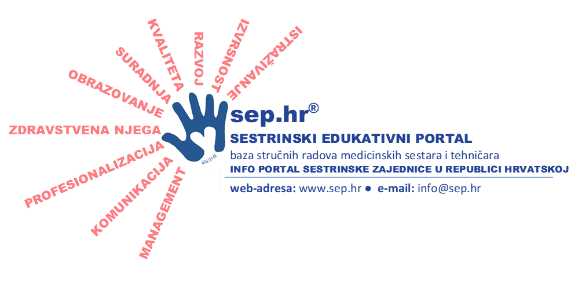Veronika Karlsson
Sweden
ICU, ventilator treatment, communication, conscious
''5. Međunarodni kongres HDMSARIST-a'' i ''8. Međunarodni kongres WfCCN-a''
Šibenik, 12.-15. travnja 2012. godine
Introductions: Light or no sedation has been more common while receiving mechanical ventilation treatment and it is preferable from a medical perspective. Patients who are mechanical ventilated treatment are unable to speak verbally. To communicate was perceived as difficult and evoked feelings of helplessness. When patients are conscious communication becomes a major problem compared to the situation when patients are deeply sedated. Not being able to communicate created feelings of losing power and control.
Aims: The aim was to describe patients’ communication during a video - recorded interview while undergoing mechanical ventilation treatment.
Methods: Fourteen patients treated with no or light sedation while receiving ventilator treatment was interviewed and video recorded. A quantitative content analysis was used focusing on how the patients communicated. Each type of communicative strategy the patients used during the recording was registered and counted.
Results: The patients developed individual styles of communication while on the ventilator, but there were common characteristics. All the patients nodded and shook their head; except two who blinked.
Most of the patients used aids such as pen and paper, although some were unable to write due to injuries caused by trauma, disease or shaky hands. The patients gesticulated and used facial expressions to varying extent. Some frowned and raised their eyebrows but some had the same facial expression during the interview. Only one of the four patients with oral endotracheal tube mouthed and three nasally intubated mouthed their answers during the interview.
Conclusions: Patients developed their own individual communication patterns which takes time to establish and understood by carer and relatives. Some techniques could easily be taught so that communication can be facilitated. As ability to communicate seems vital for patients’ feelings of security it is important to establish a continuing caring and well- functioning relationship between patients and their carers.
